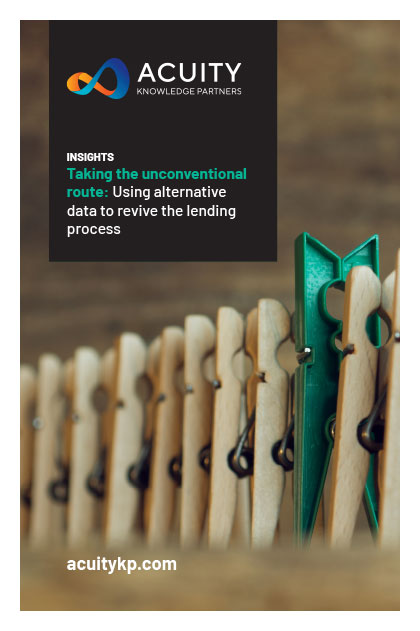
NEW Insights
Taking the unconventional route: Using alternative data to revive the lending process


Thank you for sharing your Comments
Your file will start downloading automatically
If it does not download within 1 minute,
The integration of alternative data into the lending process can broaden the scope of credit evaluation, based on a statistical approach, thereby benefiting the financial system holistically. This is achieved by converting financially excluded/limited-potential and prospective borrowers through the use of novel, yet sturdily scrutinized data input. The advancement in data analytics through the use of techniques, such as sentiment analysis, classification, and clustering, will enable the use of alternative data (combined with traditional data) to provide a profound understanding of borrowers and facilitate lenders to prudently identify and customize lending opportunities. The end result will bolster the financial intermediary function of lenders within the broader economy. This is much needed in the current environment, where the global financial system is plagued by unprecedented events such as the COVID-19 pandemic, emphasizing the need for financiers to look beyond extending credit to traditionally high-scoring creditworthy corporates.
Key Takeaways
- Lenders are increasingly investing in AI and machine learning technologies to integrate alternative data into their credit analysis
- Alternative data offers the foresight required for credit underwriting, thereby improving lenders’ judgment
- Account management has become more robust, as alternative data facilitates more real-time futuristic changes to lending policies
- Alternative data analytics have put the spotlight on customer behavioral insights in credit underwriting and monitoring

